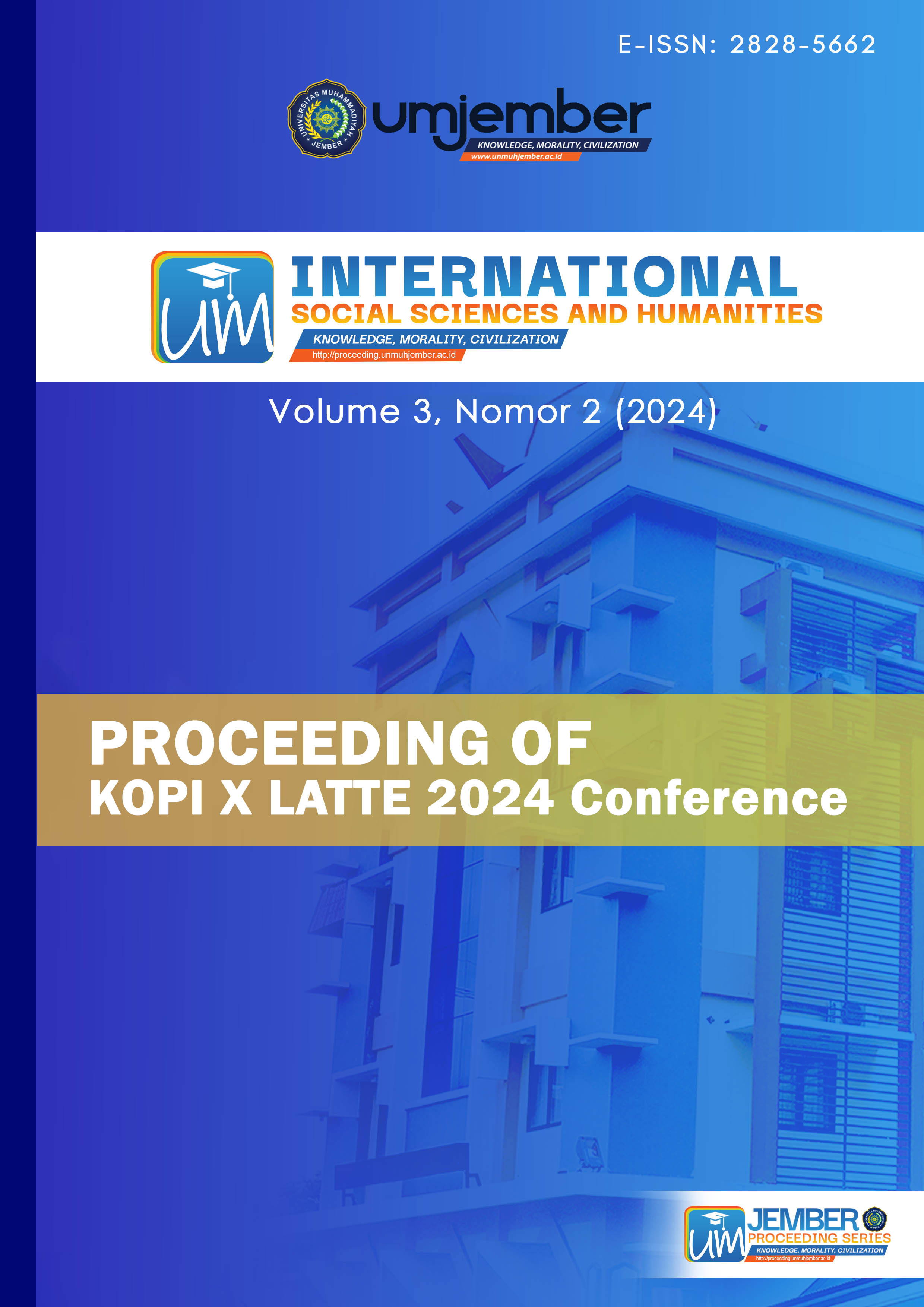Implementation of Differentiated Learning as An Effort to Fulfill Curriculum Outcomes
DOI:
https://doi.org/10.32528/issh.v3i2.583Keywords:
Differentiated Learning, Learners, Curriculum OutcomeAbstract
Differentiated learning is a learning process tailored to the needs of students as individuals, implemented to meet the demands of the independent curriculum, which emphasizes learner-centered learning. The method used in writing this article is a literature study, collecting related articles and summarizing them into a cohesive piece on new topics. Based on the literature study results, it is evident that teachers need to understand various aspects, strategies, and steps of differentiated learning to implement it effectively and achieve the goals outlined by the independent curriculum. Implementing Differentiated learning requires a deep comprehension of individual student needs, the ability to adapt teaching methods, and a commitment to creating a dynamic and inclusive classroom environment where all students can thrive. The result of this study will give comprehensive information to all teachers who plan to implement Differentiated learning.
Downloads
References
Berliana, C., Fajarianto, O., & Harsono, Y. (2024). Student Diversity and Fulfilling the Target of the Differentiation Learning Curriculum. International Journal of Education and Social Science, 5(1), 51–55.
Creswell, J. W. (2012). Educational Research: Planning, Conducting and Evaluating Quantitative and Qualitative Research (Fourth Edi). Pearson.
Ginja, T. G., & Chen, X. (2020). Teacher educators’ perspectives and experiences towards differentiated instruction. International Journal of Instruction, 13(4), 781–798. https://doi.org/10.29333/iji.2020.13448a
Lodge, J. M., Hansen, L., & Cottrell, D. (2016). Modality preference and learning style theories: rethinking the role of sensory modality in learning. Learning: Research and Practice, 2(1), 4–17. https://doi.org/10.1080/23735082.2015.1083115
Moningka, C. (2022a). Pembelajaran Berdiferensiasi (Cetakan 1). Direktorat Pendidikan Profesi Guru Direktorat.
Moningka, C. (2022b). Pembelajaran Berdiferensiasi (Cetakan 1). Direktorat Pendidikan Profesi Guru Direktorat.
Morgan, H. (2014). Maximizing Student Success with Differentiated Learning. The Clearing House: A Journal of Educational Strategies, Issues and Ideas, 87(1), 34–38. https://doi.org/10.1080/00098655.2013.832130
Na’imah, T. (2012). Pendidikan karakter (kajian dari teori ekologi perkembangan). Prosiding Seminar Nasional Psikologi Islami, 159–166.
OECD. (2018). What 15-year-old students in Indonesia know and can do. Programme for International Student Assessment (PISA) Result from PISA 2018, I–III, 1–10. http://www.oecd.org/pisa/ Data
Permendikbud Nomor 44 Tahun 2019.
Puskur Dikbud Ristek. (2021). Kurikulum Untuk Pemulihan Pembelajaran. In Kajian Akademik.
Shareefa, M. (2021). Using differentiated instruction in multigrade classes: a case of a small school. Asia Pacific Journal of Education, 41(1), 167–181. https://doi.org/10.1080/02188791.2020.1749559
Thapliyal, M., Ahuja, N. J., Shankar, A., Cheng, X., & Kumar, M. (2022). A differentiated learning environment in domain model for learning disabled learners. Journal of Computing in Higher Education, 34(1), 60–82. https://doi.org/10.1007/s12528-021-09278-y
Tomlinson, C. A., & Imbeau, M. B. (2010). Leading and Managing A Differentiated Classroom. In Association for Supervision and Curriculum Development. ASCD.
Downloads
Published
Issue
Section
License

This work is licensed under a Creative Commons Attribution-NonCommercial 4.0 International License.


